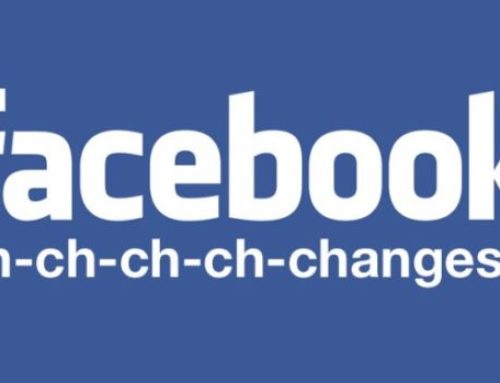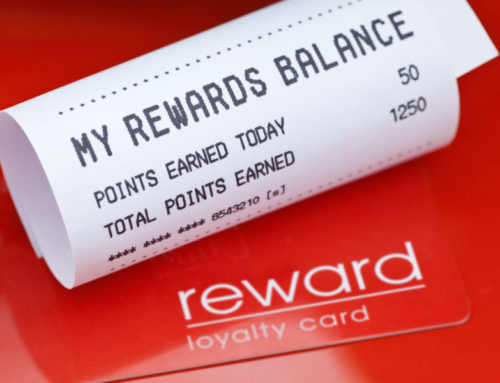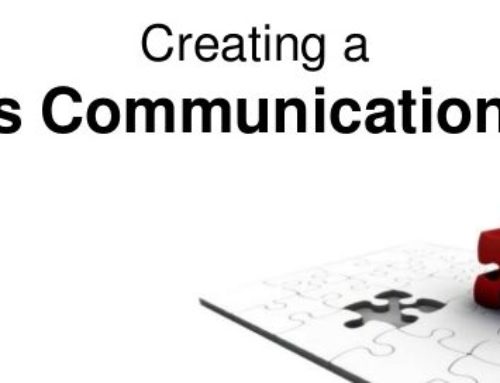There are a ton of buzzwords thrown around when you read and discuss social media strategies and metrics. So many that it’s easy to be intimidated by the jargon. Don’t worry, let me help by discussing the difference in social media engagements and impressions.
Social media platforms such as Facebook and Twitter include settings in the menu that list “Insights” and “Analytics.” Click on them and you’ll see graphs and numbers that might not make much sense.
Social media metrics are important tools that if understood and used, can help you formulate an effective social media strategy. Engagements and impressions are key components and it’s important you understand them.
Be forewarned; social media platforms are constantly adjusting algorithms and that’s why continuously monitoring impressions and engagements is important. So, what do they mean and why do they matter?
Engagements
Let’s start with engagements first because it may make understanding impressions easier.
When you post something on Facebook and people “Like” or “Comment” that means you have “engaged” them. Thumbs up signs, hearts, and others signs are also examples of engagements. While engagements make us feel warm and fuzzy inside when we see one or two, what you want is consistent engagements over time.
Using Twitter as an example, if you see something you agree with or support, you might “Like” it. That’s good because you’ve “engaged” the post. What you really want is a “Retweet” or for someone to “Share” your Facebook post, which means their followers can potentially see it and you’ll receive even more engagements.
Generating enthusiasm and excitement for your posts is a primary objective. That involves creating great content and if that’s accomplished consistently, people will make a habit of reviewing your post on a regular basis.
Using a good content marketing calendar can make adding and scheduling content easier too.
Impressions
Simply put, an impression is how often your content is delivered to a social media user’s feed.
Let’s say you posted something on Facebook and it appears in a follower’s newsfeed. It that follower “shares” it and it ends up in another newsfeed, you have two impressions.
From our earlier example, you can see how content, engagements, and impressions work in tandem. This is yet another reason why producing quality content is important.
Going back to algorithms, they are constantly being tweaked by social media platforms like Facebook, which is why it’s becoming increasingly difficult to gain impressions. The primary reason is Facebook wants you to pay for impressions.
I’ve mentioned quality content several times because it’s so important. But sometimes even great content falls flat and doesn’t generate as many impressions as desired.
Here are a few things that help boost impressions:
– Use photos and videos
– Tag people (Facebook) Mention them on Twitter
– Include a call to action
Both engagement and impressions are key social media analytics but always place more emphasis on impressions.
Monitoring Social Media Engagement and Impressions
Monitoring is key but if you or someone in your company doesn’t have the knowledge, expertise or tools to adequately measure engagements and impressions, then the data is useless. We use a number of tools and programs to measure these and other metrics and provide details in our monthly reports to clients.
Note: Different platforms can measure metrics differently. I’ve discussed Facebook and Twitter since they are commonly used.
If you’re not generating the engagements and impressions needed to grow your business, I can help. Give me a call today at 901.409.5259 and we’ll sit down and discuss some ideas.






